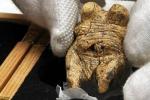
August 28, 2012

The Venus of Hohle Fels, discovered in a cave in southern Germany, may be the oldest-known example of figurative art. The mammoth-ivory carving (allegedly) of a woman with grotesquely exaggerated sexual features is at least 35,000 years old, and may be 5,000 years older than the next-oldest example of so-called Venus figurines. Does it remind you of other hominology profiles?
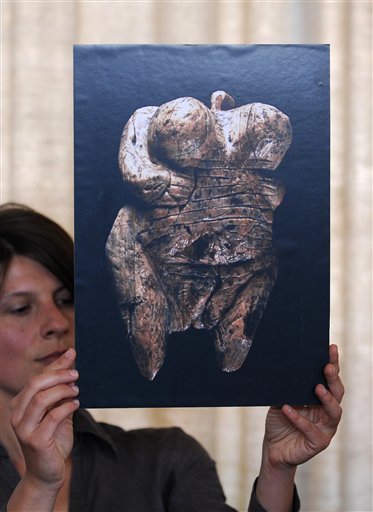
Maria Malina, scientific employee, presents the photo of a carved ivory female figurine during its presentation in Tuebingen, southern Germany, Wednesday, May 13, 2009. The figurine, found in 2008 in a cave in Schelklingen, southern Germany is allegedly the world’s oldest reproduction of a human with an estimated age of at least 35,000 years.
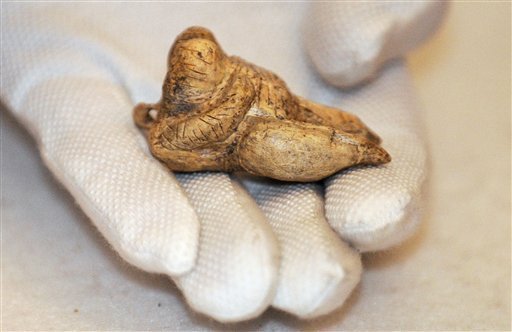
A carved ivory female figurine is presented in Tuebingen, southern Germany, Wednesday, May 13, 2009. The figurine, found in 2008 in a cave in Schelklingen, southern Germany is allegedly the world’s oldest reproduction of a human with an estimated age of at least 35,000 years.
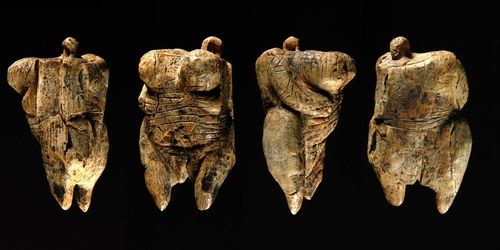
The 35,000 year old Venus of Hohle Fels is seen here from all sides. She’s holding up rather well for a woman of that age, I’d say.
What does the figurine have in common with other images we have come to know?
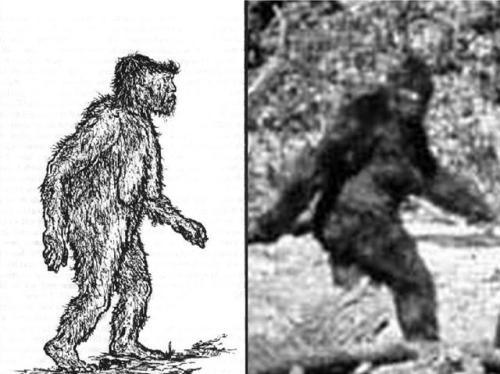
Maybe big-breasted women and Bigfoot – remember those Venuses found in cave art were big in a few areas of their bodies – stored fat reserves for the hard times. Perhaps men are still working with Neandertal and Cro-Magnon genes that still shout out some hard to ignore signals about selecting the best breeders with the best fat reserves?
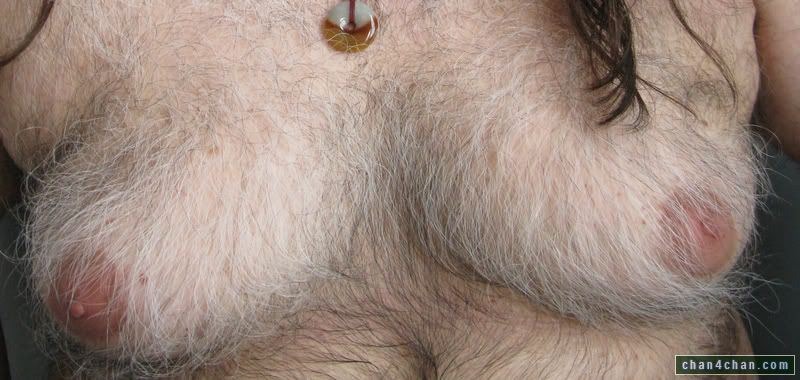


Ms. Sheyla Hershey. Of course, the storage of the fat has to be real.
Everyone talks about Bigfoot breasts, of course, but aren’t we ignoring another rather significance part of the apparent Bigfoot body?
In 2007, I examined the never-before-discussed theory that the female “Patterson Bigfoot” shows steatopygia. By definition steatopygia is the extreme accumulation of fat on the buttocks.
“Steatopygia is believed to be an adaptive physiological feature for female humans living in hot environments, as it maximizes their bodies’ surface-area/volume ratio but keeps enough fat to produce hormones needed for menstruation….Women possessing these fat deposits can keep on reproducing through the unproductive seasons, thereby increasing their fitness. Others say that the steatopygia developed as a response to sexual selection.”
Below are some visuals supporting these thoughts about the October 20, 1967 filmed Bigfoot at Bluff Creek, California. These are archival anthropological photographs that demonstrate examples of steatopygia in Homo sapiens – contemporarily and through archaeologically discovered art. These also can be compared with the new find of the Venus of Hohle Fels.
Shown in ancient cave art:

For modern females among the Onge/Bushman, Hottentot, and Andamanese Negrito:
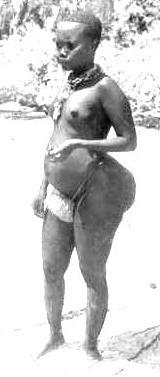


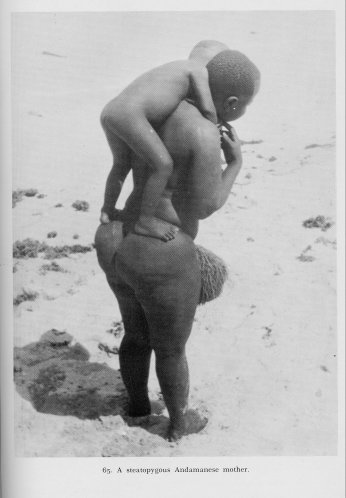
And with a Bushman male:

What do you think? Bigfoot breasts and steatopygia don’t seem to be that abnormal, after all, do they?
Perhaps hominology would do well to study more closely other angles of the Venus of Hohle Fels and Venus figurine research.
About Loren Coleman
Loren Coleman is one of the world’s leading cryptozoologists, some say “the” leading living cryptozoologist. Certainly, he is acknowledged as the current living American researcher and writer who has most popularized cryptozoology in the late 20th and early 21st centuries.
Starting his fieldwork and investigations in 1960, after traveling and trekking extensively in pursuit of cryptozoological mysteries, Coleman began writing to share his experiences in 1969. An honorary member of Ivan T. Sanderson’s Society for the Investigation of the Unexplained in the 1970s, Coleman has been bestowed with similar honorary memberships of the North Idaho College Cryptozoology Club in 1983, and in subsequent years, that of the British Columbia Scientific Cryptozoology Club, CryptoSafari International, and other international organizations. He was also a Life Member and Benefactor of the International Society of Cryptozoology (now-defunct).
Loren Coleman’s daily blog, as a member of the Cryptomundo Team, served as an ongoing avenue of communication for the ever-growing body of cryptozoo news from 2005 through 2013. He returned as an infrequent contributor beginning Halloween week of 2015.
Coleman is the founder in 2003, and current director of the International Cryptozoology Museum in Portland, Maine.
Filed under Abominable Snowman, Artifacts, Bigfoot, Breaking News, Cryptomundo Exclusive, CryptoZoo News, Cryptozoologists, Evidence, Replica Cryptia, Sasquatch, Yeti